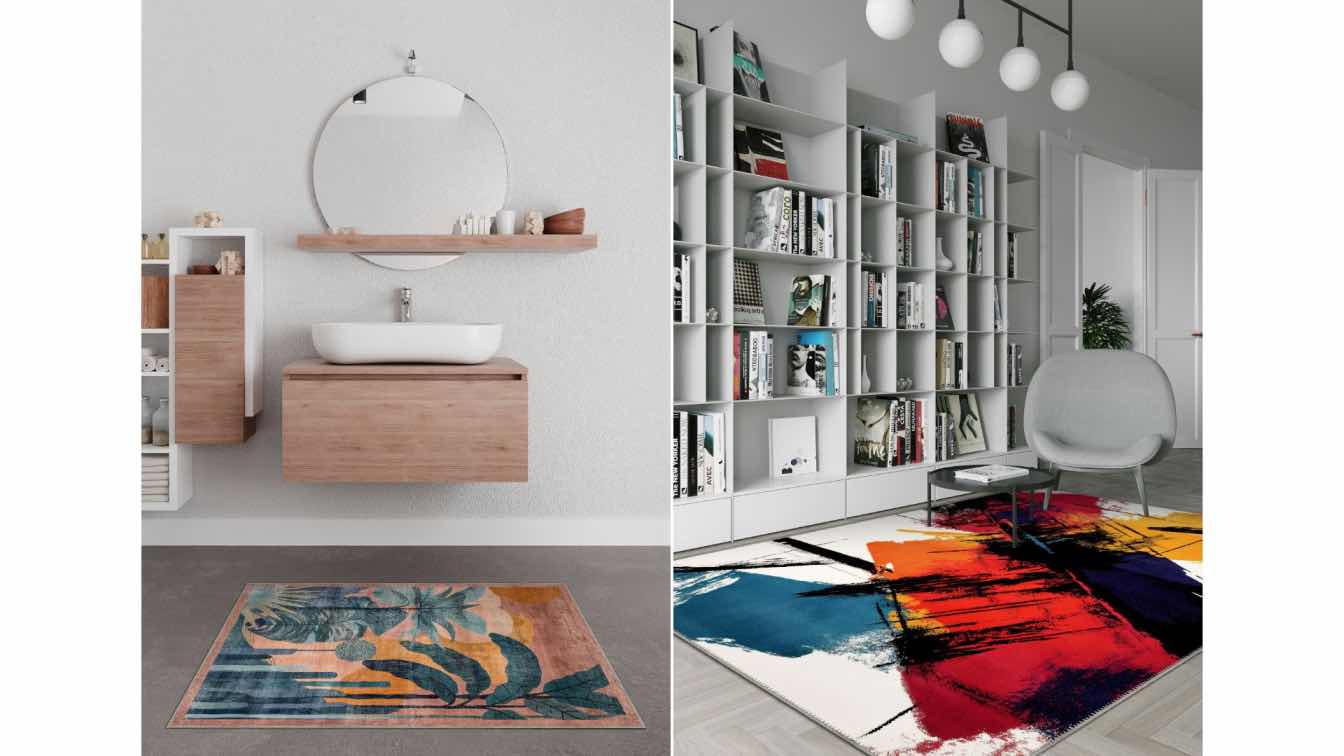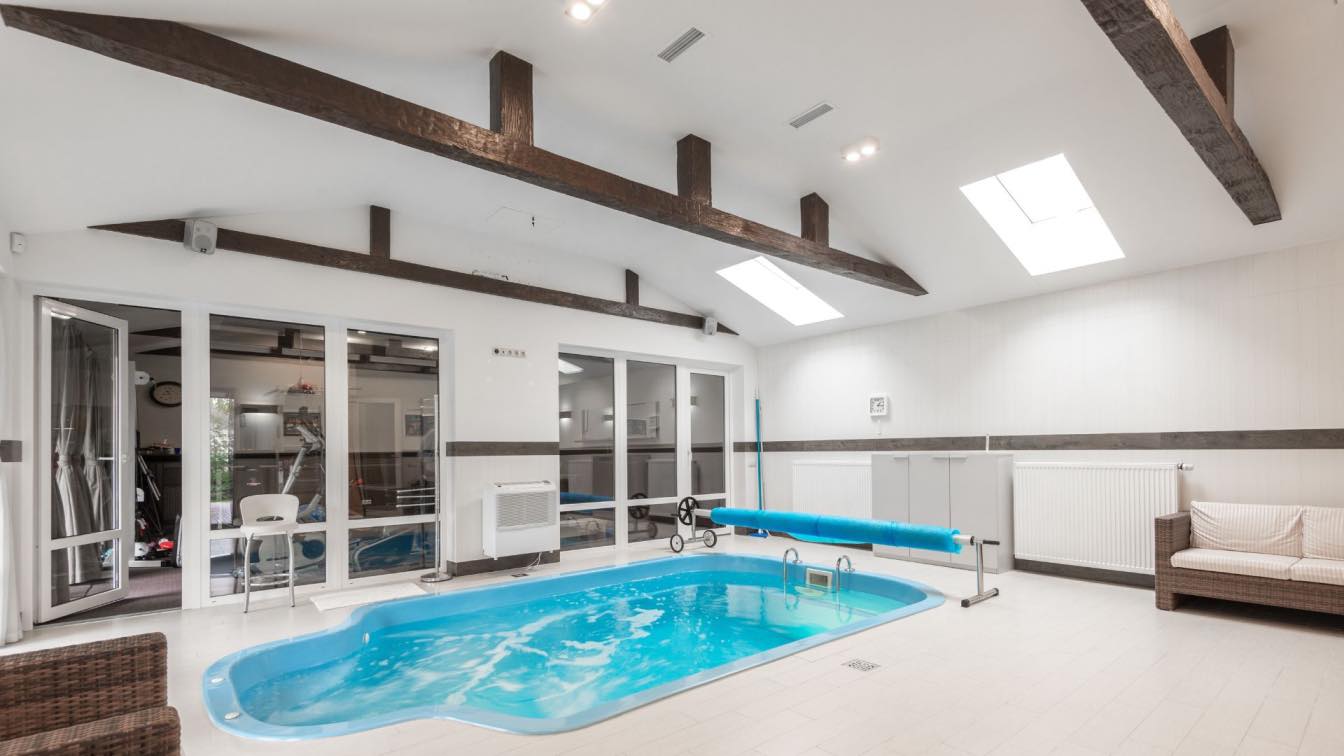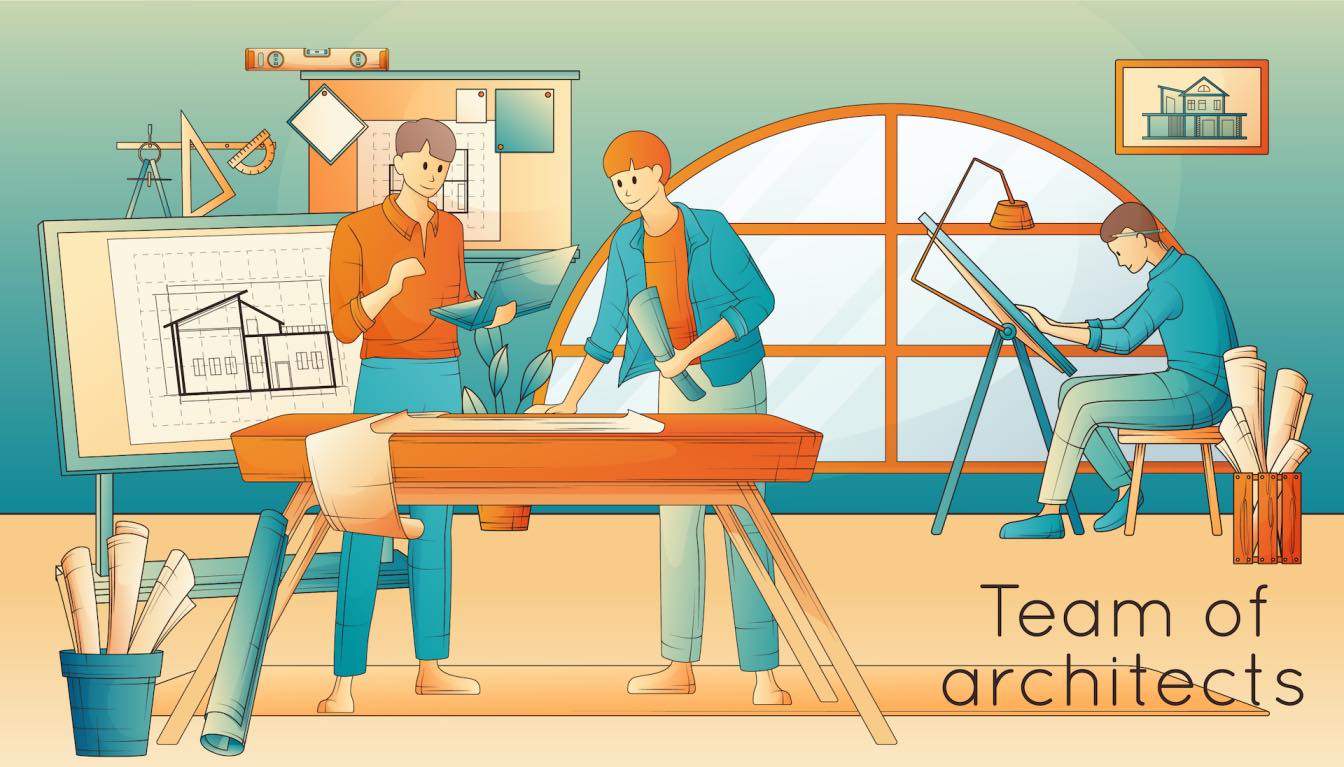Have you ever walked into an expansive room and felt a bit lost in it, like a boat adrift in open waters? That feeling isn't just in your head—it's in your space. Large, open areas have this wonderful quality of possibility, but without thoughtful definition, they can feel oddly uncomfortable, even slightly anxious-making. Enter the humble yet mighty washable rug—the unsung hero of spatial storytelling that's transforming how we experience our homes in 2025.
The Invisible Architecture of Rugs
Think of washable rugs as liquid architecture—they flow where walls cannot, creating boundaries that guide rather than restrict. When we place a rug, we're essentially whispering to the room, "This area has a purpose," without raising a single wall or hammering a nail.
In today's open-concept homes, these soft boundaries have become essential punctuation marks in our spatial sentences. They're the commas that give us a moment to breathe, the periods that complete thoughts, the quotation marks that highlight special moments.
The Psychological Safety of Defined Spaces
There's something deeply reassuring about a defined area within a larger space. It taps into our primal need for both prospect (seeing outward) and refuge (feeling protected). A conversation area anchored by a circular washable rug creates a psychological harbor—a place where people instinctively gather and feel held in the invisible embrace of defined space.
When we walk across the threshold from hardwood onto a kitchen-adjacent rug, our bodies register the shift. We've crossed a boundary. Our brain recalibrates: "Ah, I'm in the dining space now." These subtle cues help us navigate not just physically but emotionally through our homes.
Zone Defense: The Strategic Placement of Rugs
The magic of using washable rugs as space definers lies in their fluid adaptability. Unlike furniture arrangements that can feel heavy and permanent, rugs can be shifted, rotated, or completely reimagined with the seasons or your moods.
Consider the living room that transforms into an occasional workspace, fitness area, or entertainment zone. Different rugs can be rotated in and out to signal these shifts—a firm, flat-weave for workout days, a plush, inviting piece for movie nights. The washable nature of these rugs means these transitions can happen without fear of preserving "the good rug" for special occasions only.
Conversational Circles: The Social Architecture of Round Rugs
Round washable rugs have emerged as powerful tools for creating conversation areas within larger spaces. Their circular boundary creates a natural focal point around which furniture can orbit, encouraging face-to-face interaction rather than the traditional "everyone faces the TV" arrangement.
This shape disrupts the typical grid-like thinking of room planning. It suggests gathering, equality, and flow—there's no head of the table in a circle. In multipurpose great rooms, these rounded islands create natural pauses in the space, breaking the tyranny of rectangles that often dominates our architectural thinking.
Layering Languages: Creating Depth Through Overlap
Perhaps the most sophisticated use of washable rugs in defining spaces involves thoughtful layering. This technique borrows from the visual principles of foreground, middle ground, and background that artists have used for centuries.
A larger, neutral base rug might define the general living area, while a smaller, more vibrant rug layered atop might carve out a reading nook within that zone. This creates spatial hierarchy—areas within areas—that adds rich complexity to how we experience the room.
The washable quality becomes particularly valuable here, as these overlapping pieces can be separated for cleaning while maintaining the integrity of the spatial story they tell together.
Transition Zones: The Poetry of Moving Between Spaces
The spaces between defined areas—what designers call transition zones—deserve just as much attention as the areas themselves. A thoughtfully placed runner creates a journey between kitchen and dining area, giving our minds a moment to shift gears between cooking and eating.
These transitional rugs act as mental palate cleansers, subtle indicators that we're shifting from one mode to another. In homes where work and life blur together, these transitions become even more psychologically important, helping us mentally clock in and out of different roles within the same physical environment.
The Freedom of Impermanence
What makes washable rugs particularly suited to this spatial language is their inherent impermanence. Traditional rugs can feel like commitments—expensive investments that dictate room arrangements for years or even decades.
Washable rugs invite experimentation. That dining area that never quite felt right? Shift the rug by two feet and see how the energy changes. The too-large living room that swallows conversation? Try defining two distinct zones with carefully placed rugs and watch how differently people use the space.
This freedom from preciousness means our homes can breathe and evolve alongside us, responding to seasons, moods, and the natural evolution of how we actually live rather than how we think we should live.
Living With the Flow
In embracing washable rugs as space definers, we're recognizing that our homes aren't static showcases but living organisms that respond to our needs. These soft boundaries create structure without rigidity, definition without confinement.
Like all good design, when done well, this spatial poetry becomes nearly invisible—we simply feel comfortable, oriented, and at ease in spaces that might otherwise be overwhelming. The washable rug, humble as it may seem, has become one of our most sophisticated tools for crafting homes that hold us well, creating rooms that breathe alongside us, defined but never confined.





